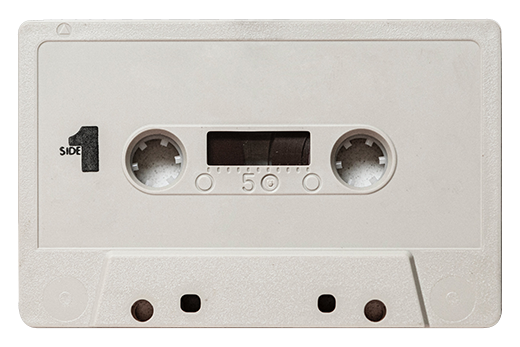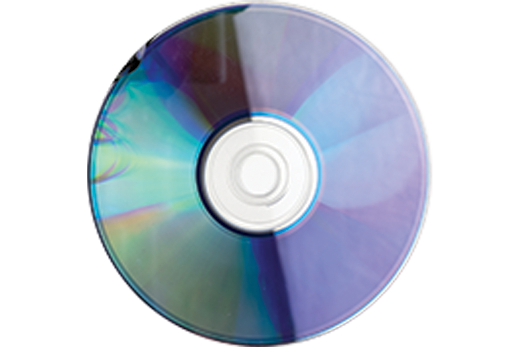Aspiring to New Heights!
An activity to demonstrate the use of whole numbers in real life.
You may have never heard of the Willis Tower, but it once was the tallest building in the United States. This structure was originally named the Sears Tower when it was built in 1973, and it held the title of the tallest building in the world for almost 25 years. The name was changed in 2009 when Willis Group Holdings obtained the right to rename the building as part of their lease for a large portion of the office space in the building.
The Willis Tower, which is feet tall and located in Chicago, Illinois, was the tallest building in the Western Hemisphere until May 2, 2013. On this date a foot spire was placed on the top of One World Trade Center in New York to bring its total height to a patriotic feet. One World Trade Center now claims the designation of being the tallest building in the United States and the Western Hemisphere.
-
The Willis Tower has an unusual construction. It is comprised of square tubes of equal size, which are really separate buildings, and the tubes extend to different heights. The footprint of the Willis Tower is a foot by foot square. In answering the questions below, be sure to use the correct units of measurement on your answers.
-
Since the footprint of the Willis Tower is a square measuring feet on each side and it is comprised of square tubes of equal size, what is the side length of each tube? (It might help to draw a diagram.)
-
What is the perimeter around the footprint, or base of the Willis Tower?
-
What is the area of the base of the Willis Tower?
-
What is the area of the base for one square tube?
-
Write the values from parts c. and d. in words.
-
-
Suppose there are plans to alter the landscape around Willis Tower. The city engineers have proposed adding a concrete sidewalk feet wide around the base of the building. A drawing of the proposal is shown. (Note: This drawing is not to scale.)
A drawing of the Willis Tower is depicted as a square with a border around it. The inner square is the base of the tower and is labeled " ". The border, which is the sidewalk, is labeled with a length of " ".
-
Determine the total area of the base of the tower including the new sidewalk.
-
Write down the area of just the base of the tower that you determined in part 1c.
-
Determine the area covered by the concrete sidewalk around the building. (Hint: You only want the area between the two squares.)
-
If a border were to be placed around the outside edge of the concrete sidewalk, how many feet of border would be needed?
-
If the border is only sold by the yard, how many yards of border will be needed? (Note: .)
-
Round the value from part e. to the nearest ten.
-
Round the value from part e. to the nearest one hundred.
-


